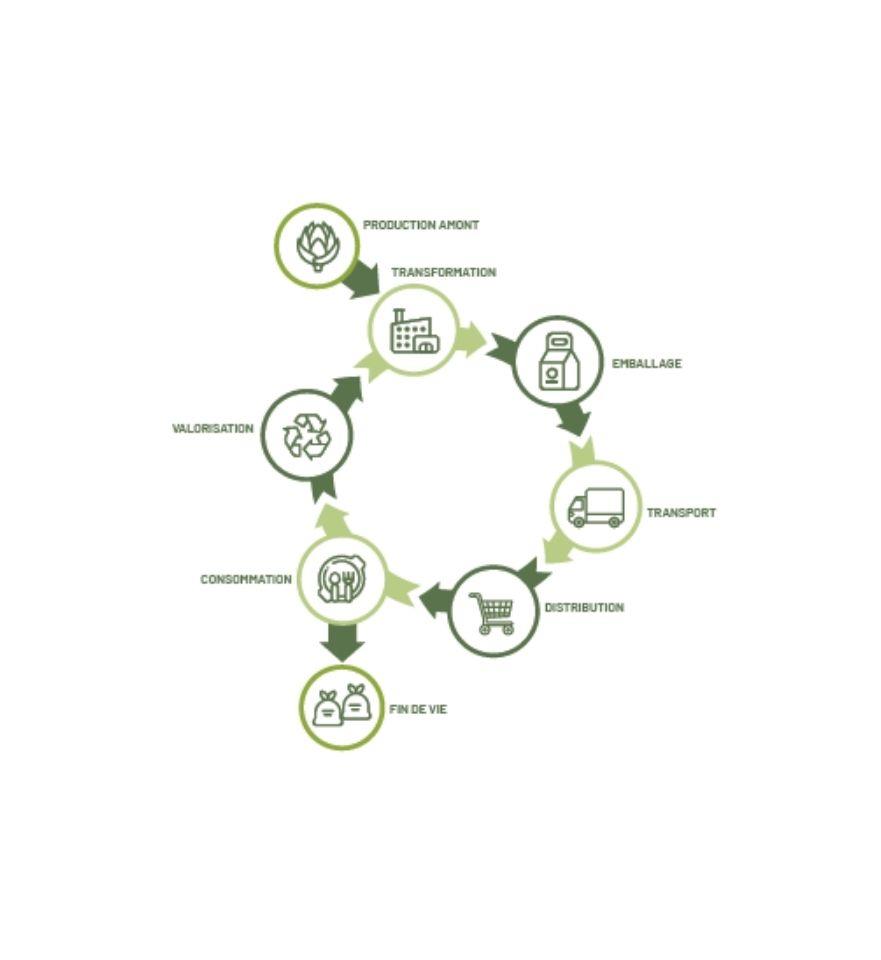Fully integrate the food and ecological transition
New sustainability requirements in the food sector are creating new societal challenges that companies must face. How can I meet environmental and technical criteria when choosing my packaging? How can I reduce my water and energy consumption while maintaining my performance level? How to combine health and pleasure in the formulation of my products? We have developed skills and solutions that we put at your disposal to accompany you in your ecological and food transition.
Development of products with vegetable proteins and/or new ingredients
Designing plant-based protein products is not just a question of ingredients. It's a global approach that also requires working on the process andpackaging.
To meet the growing consumer demand for foods that limit the use of animal products, we support you in :
- formulation to allow the best classification of your products on NUTRI-SCORE®, SIGA®, and other scales...
- the search for alternative vegetable ingredients and raw materials
- formulation tests and process adaptation on our pilots or on your lines
- prototyping and sample delivery
Did you know that? We also evaluate the quality of wheat as an ingredient through cookie tests on our dedicated machine.


Product eco-design
Eco-design consists in integrating the reduction of environmental impacts with other criteria (cost, quality, technical feasibility, market expectations...) in the design or improvement of a product or service.
We are at your side to help you build an approach adapted to your objectives and your means. The method of theLife Cycle Assessment (LCA) or other tools such as checklists can be used to identify the main contributing items and build an adapted and efficient action plan.
The areas of improvement can cover all stages of the product life cycle:
- choice of ingredients and their sourcing
- processing methods
- packaging
- etc.
We also support the more globaleco-design approachesof regional industries and brands to help them structure themselves around a common project mobilizing all the players, from upstream agriculture to downstream companies.
The Life Cycle Assessment (LCA) method
This method makes it possible to quantify the environmental impacts of a product, packaging, service or process by taking into account all the incoming and outgoing flows over its entire life cycle.
Its multi-criteria approach takes into account the impacts on energy and non-energy resources, air, water and soil.
LCA is a standardized method that follows the ISO 14 040 to ISO 14 044 standards.
For more than 10 years, the CTCPA has developed robust skills and methodologies thanks to its participation in research programs and to the support of many companies in their environmental assessment processes. The CTCPA holds a license for the use of Simapro and MEANS In-Out LCA software.


Reduction of the environmental impact of packaging: reduction / reuse / recycling
We propose a diagnosis and a packaging action plan defined around the 3R objectives of reduction, reuse and recycling.
Our packaging division located in Bourg-en-Bresse carries out an initial inventory by proposing a map of existing solutions on the market that are adapted to the technical criteria of the product. Based on the selected solutions, our Environment Division develops a 3R action plan for each product/packaging pair. This step consists of identifying eco-design avenues for this packaging based on the 3R decree's objectives:
- Reduce: reduce weight, thickness, volume of packaging or optimize logistics to reduce secondary packaging
- Reuse: implementation of a reuse solution
- Recycle: incorporation of recycled material in the packaging
The CTCPA is one of the experts identified by theADEME to carry out this diagnosis. The company can benefit from a financial aid delivered by the ADEME for its realization.





